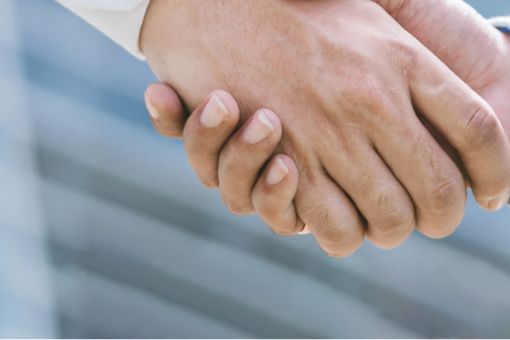GSK, an established player in the pharmaceutical industry, launched an innovative and flexible rewards and mobility plan in 2020 with the help of KPMG. Through the KPMG Flex Reward Tool, employees can choose a company car (fully integrated into the cafeteria plan through an interface with Traxall), a European fuel card, a short-term car, multimedia or a reimbursement of pension savings.
GSK launched the project in several phases. We asked some questions about this innovative project to Frank Vandewal, Director Reward and International Mobility at GSK.
Frank, mobility and company cars are important components of the plan. The first results of the new plan show that for 79% of the cars ordered, budget was created that employees can now spend in the cafeteria plan. This clearly shows that employees are satisfied because the so-called "residual budget" can now be put to good use. Moreover, it encourages employees not to spend the entire car budget. What did you want to achieve in terms of mobility?
At GSK, the launch of the cafeteria plan came shortly after a complete revision of the car policy in EMEA. We deliberately opted for a list of cars and a smaller range of car brands. In addition, where possible, we also used economies of scale for the 11,000 company cars we currently have in EMEA.
In Belgium, in the past, we had no possibility to provide some kind of compensation for people who deliberately took a smaller car compared to their budget. The cafeteria plan now allows employees to spend the remaining budget on, for example, a lease bicycle, multimedia or a card for charging electric cars.
You are a pioneer in the field of electric company cars. What are the main lessons learned there?
Within GSK, the focus is increasingly on sustainability. Since 2017 in Belgium, where we have 2,800 company cars, we have opted for an interesting range of hybrid and electric cars. There are several 'lessons learned':
- Define a driver profile. That way you can help people make the best choice for them, taking into account where they live, their private use and the possibility of installing a charging station at their home. We also did a study and survey on the commuting habits of our employees and looked at how we could extend this green car policy to our sales people.
- Provide a clear end-to-end process, from order to delivery, with an audit of home installations and charging stations. Also, communicate clearly the differences and the pros and cons of the various options.
- Make sure people are using their hybrid cars correctly by charging them as much as possible. We then also limited the fuel cards in terms of budget for gasoline or diesel.
- See if you can also take into account the need to recharge cars on-site. Provide sufficient infrastructure for this.
The short-term car is one of the eye-catchers of your mobility plan. Employees now have the option of renting a car via the cafeteria plan. Did you add this option at the request of your employees?
The private situation of our employees is often the threshold that inhibits the choice for smaller cars. People often need a slightly larger car during summer vacations or when they go on winter sports. The option of renting a larger car during these vacation periods can lower that barrier. We also surveyed employees about whether they would consider this in the context of the cafeteria plan. Based on that feedback, we developed a process with a provider in the market.
What were the main challenges in launching this flexible compensation and mobility plan?
One of the major challenges was to provide a process for employees that was almost fully automated, yet very user-friendly. With the KPMG tool, we found the right solution for that. We have embedded the tool into our current HR systems. Furthermore, we decided relatively quickly that this was not purely an HR project, but that we needed to involve various internal and external stakeholders in the implementation from the beginning.
The percentage of employees that make a choice in your cafeteria plan is high, with 63% of employees having made at least one choice. Good communication certainly played a role in that. How did you go about it?
By communicating very clearly and sufficiently, we try to make people understand the benefits of a cafeteria plan and so far it has clearly been a success.
We have organized several interactive information sessions to explain the 'flex strategy' and show a demo of the KPMG tool. In addition, we have adapted a number of policies and ensured that for each option there is a clear one-pager or fact sheet available that explains the consequences of a choice. What we also do on a regular basis is organize drop-in sessions where people can ask their questions and share feedback with us, but also with their colleagues.
We also promote the fact that a number of people within the user population count as "superusers" and can often serve as a first point of contact for their colleagues.




